[At last, we return from the summer hiatus!]
The term “Savior” has a lot of baggage attached to it, primarily because it is an important term in Christianity. But if we step outside the religious context, then we have “someone who saves another.” I tend to push it a bit further, however, to make a distinction between Defenders (or Protectors) and Saviors. (I do go into more detail in The Scribbler’s Guide to the Land of Myth.) But the crucial point here is that Saviors have to be in equal jeopardy as those he or she is saving. Otherwise, where would the drama be?
When we look at it that way, there’s very little that’s boring about this mythic archetype. And certainly, when we look at two primary examples from television we can see they are very active characters.
On Burn Notice, burned spy Michael Westen spends a good deal of his time helping ordinary folks deal with various types of threats. And sometimes that involves making himself a bigger target for This Week’s Bad Guy than the “client” is.
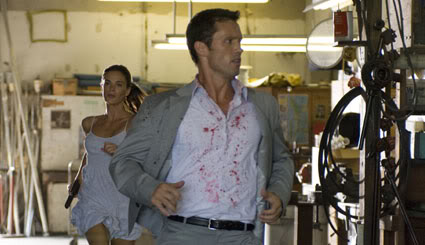 Of course, things do not always go perfectly according to plan for Michael. In the course of his actions of trying to save the client from the wrath of the Bad Guy, Michael takes a lot of punishment. And it is his willingness to absorb that punishment that is a key element in defining his character as a Savior figure.
Of course, things do not always go perfectly according to plan for Michael. In the course of his actions of trying to save the client from the wrath of the Bad Guy, Michael takes a lot of punishment. And it is his willingness to absorb that punishment that is a key element in defining his character as a Savior figure.
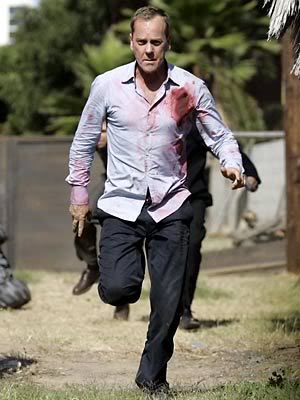 The character of Jack Bauer from 24 takes the example of a Savior figure up a notch. Jack, in the various seasons of the show, has quite literally put himself between atomic bombs, nerve gas, deadly viruses, and a wide variety of other destructive weapons on one side and Presidents, foreign dignitaries, and city populations on the other.
The character of Jack Bauer from 24 takes the example of a Savior figure up a notch. Jack, in the various seasons of the show, has quite literally put himself between atomic bombs, nerve gas, deadly viruses, and a wide variety of other destructive weapons on one side and Presidents, foreign dignitaries, and city populations on the other.
Jack frequently knows that he could die because of his choice to act to save others. It’s even part of the drama – people trying to dissuade him from acting. But he moves ahead, paying the price along the way.
But for such an action to truly have an effect on the audience, it’s important for the storyteller to communicate the cost to the hero on making these choices. Physical injury – such as that endured by Michael and Jack – is one stage of that. But when the Hero has an emotional connection to those he is trying to save, that increases the drama.
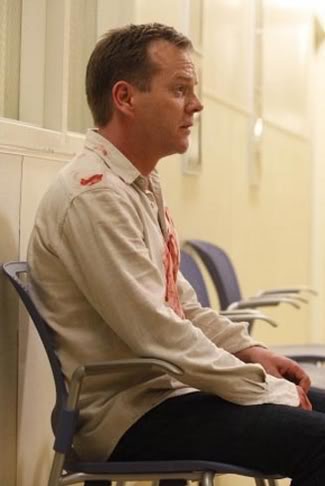 One of the interesting aspects of 24 is that although Jack may be successful in saving the Big Picture, he has sometimes failed, losing people he cared about because he was not able to save them as individuals.
One of the interesting aspects of 24 is that although Jack may be successful in saving the Big Picture, he has sometimes failed, losing people he cared about because he was not able to save them as individuals.
Increasing the drama is just what storytellers want to do. That is why an occasional failure on the part of the Hero is a good thing to include in stories. It reveals the depth of his commitment to the job of saving others. When we in the audience can see how much it costs him physically and emotionally, our engagement in the story increases.
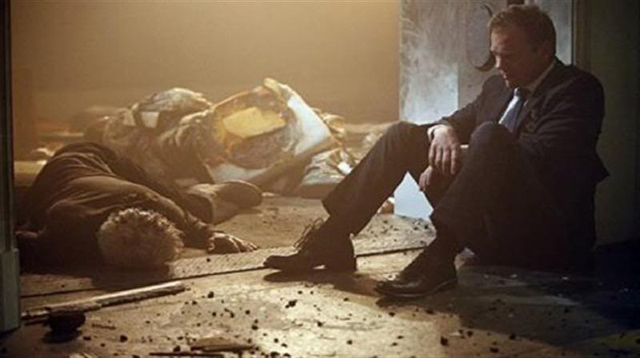
I had originally intended to stop with just those two examples. but earlier this year, I worked on a paper for the Mythopoeic Society’s annual conference in which I referenced part of the Babylon 5 series. In the course of the series, the character of Capt. John Sheridan is shown in a very heroic light.
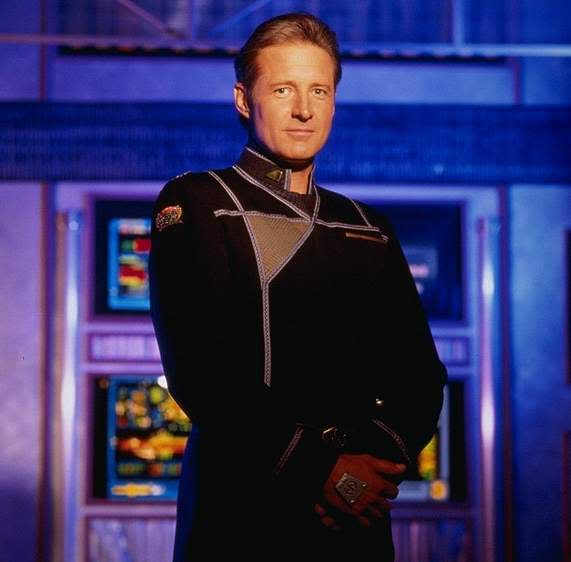 Concurrent with the building of this portrait of Sheridan, Babylon 5 also lays the groundwork for the “Shadow War.” The Shadows are presented as a great threat to the various space-faring races. As the conflict builds, it becomes clear that Sheridan is a crux between the opposing forces. It also becomes clear that if something major is not done, billions on many planets will die. So Sheridan takes it upon himself to go to the home planet of the Shadows.
Concurrent with the building of this portrait of Sheridan, Babylon 5 also lays the groundwork for the “Shadow War.” The Shadows are presented as a great threat to the various space-faring races. As the conflict builds, it becomes clear that Sheridan is a crux between the opposing forces. It also becomes clear that if something major is not done, billions on many planets will die. So Sheridan takes it upon himself to go to the home planet of the Shadows.
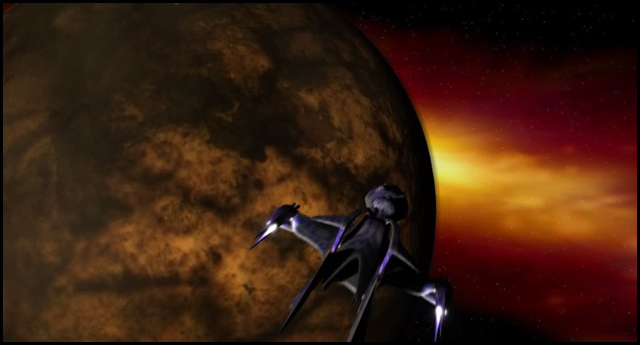 Sheridan goes to Z’hadum, the Shadow’s homeworld, with the intention of stopping them. In fact, he is so intent on stopping them to save, well, everyone, that he is willing to die to achieve it. And he does. He explodes a bomb in the center of their major city and jumps into a deep chasm, plunging to his death.
Sheridan goes to Z’hadum, the Shadow’s homeworld, with the intention of stopping them. In fact, he is so intent on stopping them to save, well, everyone, that he is willing to die to achieve it. And he does. He explodes a bomb in the center of their major city and jumps into a deep chasm, plunging to his death.
It is a science fiction fantasy story, however, so he doesn’t stay dead. But he paid the price. And even in being revived there was a cost, as his remaining life span was considerably shortened.
If you’re going to have a character go into the savior business, then these are the key things to remember: the Hero ought to be emotionally committed to those he is saving; the Hero needs to be equally in danger of whatever impending threat is out there; and, the Hero needs to be ready to pay the ultimate price to save the others (that is, willing to die for them).
Pictures for Burn Notice and 24 are property of Fox Television; pictures for Babylon 5 are property of Warner Brothers Television.
